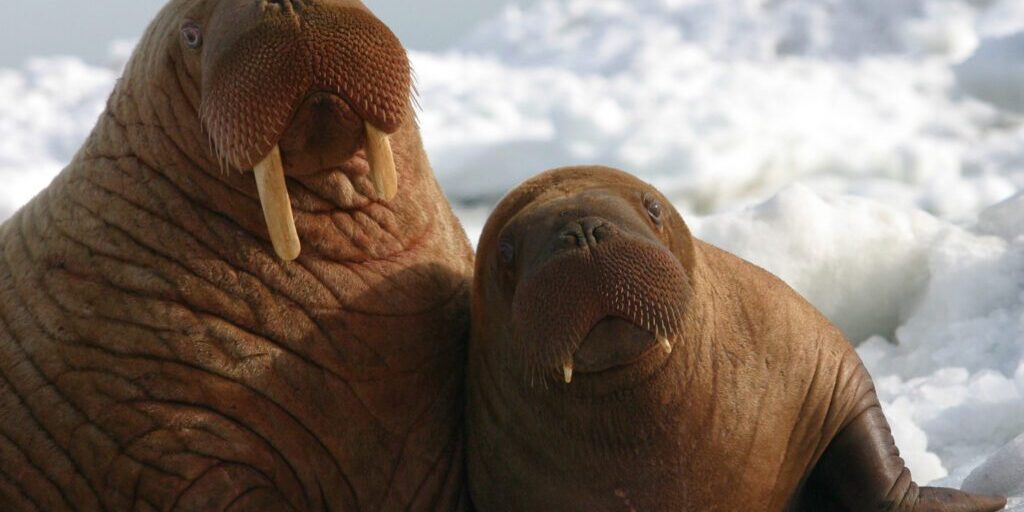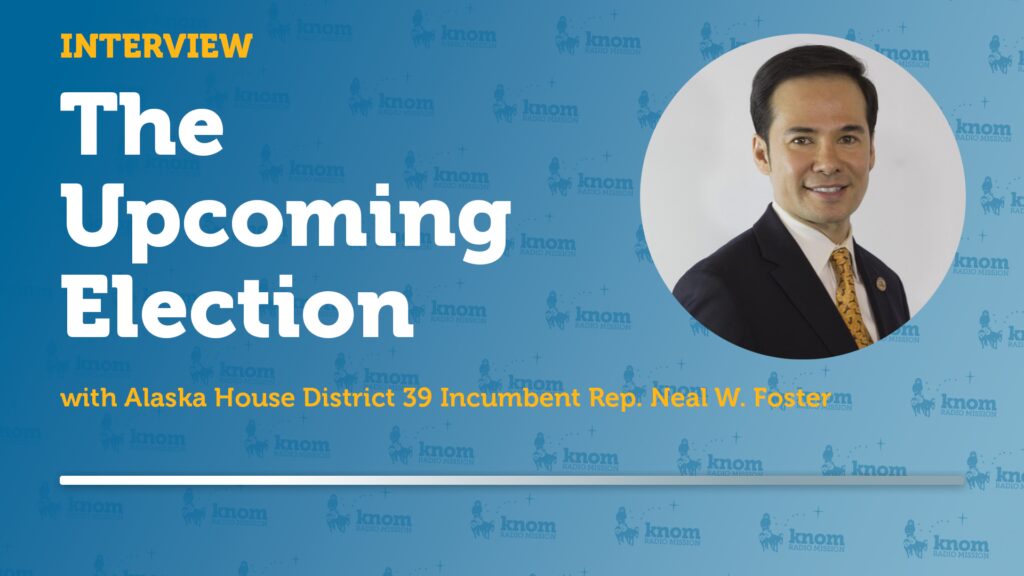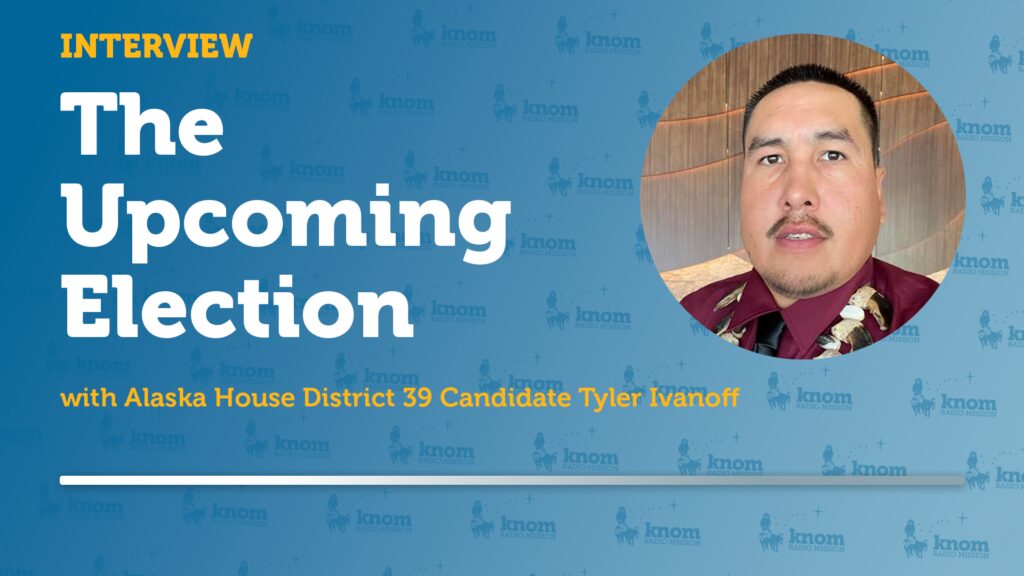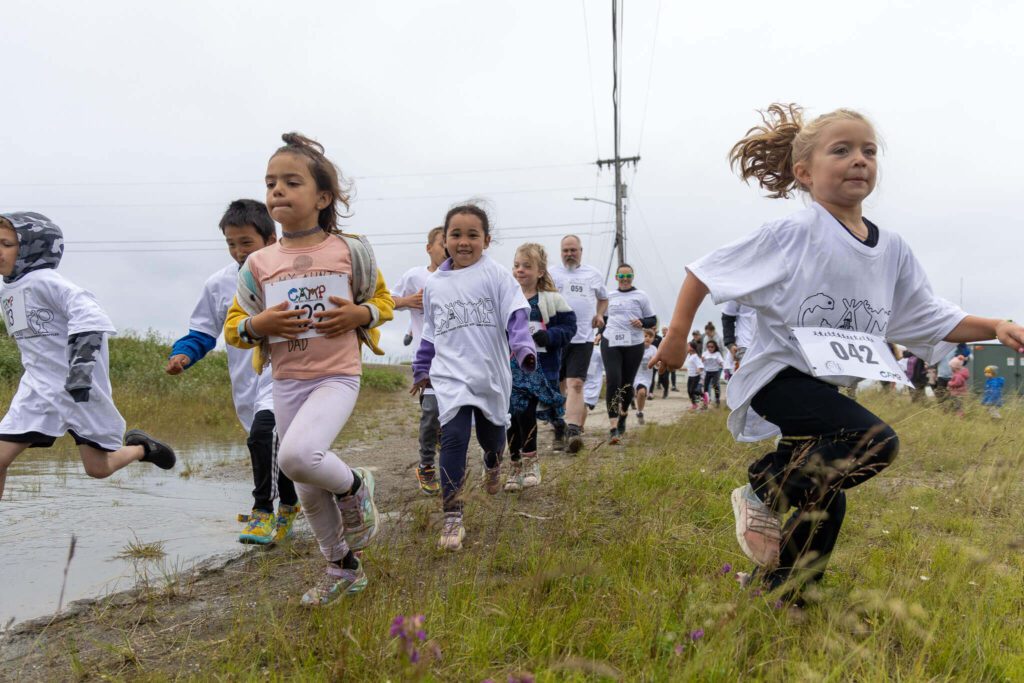After being taken from a barge offshore from Nome in the Bering Sea, back in June, a young walrus calf currently being housed at the Alaska SeaLife Center in Seward could again be relocated to a new home.
The recently named walrus calf Aku, which means “stern of a boat” in Inupiaq, has grown to over 180 lbs. since he was admitted to SeaLife at the age of about two weeks. Despite the calf’s improved health, Dr. Carrie Goertz, the director of animal health at the SeaLife Center, says the walrus cannot stay at the Center forever:
“Walrus calves typically spend one to two years with Mom, learning to be a walrus, and we can’t possibly replicate that. So he will be retained in a zoological facility. We are working with various walrus holders to place him in an appropriate spot where he can not only have companionship but also to contribute to research for us to better understand walrus abilities, zoology, and so forth.”
Potentially, Aku could be moved to SeaWorld, Point Defiance Zoo & Aquarium in Washington state, or one of a couple Six Flags locations throughout the Lower 48. However, according to Dr. Goertz, discussions with these facilities are ongoing, and nothing is set in stone.
As the young calf waits for his future to be decided, Dr. Goertz says Aku is really seeking human interaction:
“Walrus calves are amazingly tactile, and it’s very rewarding working with them; they kind of just want to come up to you and cuddle, and sometimes, we have to resist that urge and encourage them to swim in the water, move around, and play with toys and not just cuddle with us. It’s better for him, it helps his digestion move things along, and it helps him be more of a walrus.”
Some of the SeaLife Center staff are accustomed to resisting the urge to cuddle walrus calves, as Aku is one of eight walrus calves that have been admitted to SeaLife over the past twenty years.
Dr. Goertz believes it’s possible that more walrus calves could be coming to the Center in the near future. “The concern is that calves might become more and more displaced by themselves and in need of care as various things change in the environment,” said Goertz.
It is unclear at this time how much longer Aku will remain in the care of Alaska SeaLife Center employees and which facility he will be transferred to next.
Image at top: Walrus and calf. Photo courtesy of NOAA.







